Ragusa Ibla - the Baroque Wonders of Sicily
Together with seven other cities in the Val di Noto, Ragusa is listed among the UNESCO World Heritage Sites. Ragusa has two distinct areas: The lower and older town is called Ragusa Ibla; the upper town is called Ragusa Superiore. The two halves are separated by a deep ravine (Valle dei Ponti). Ragusa contains nine major churches and seven major palazzi, all Baroque.
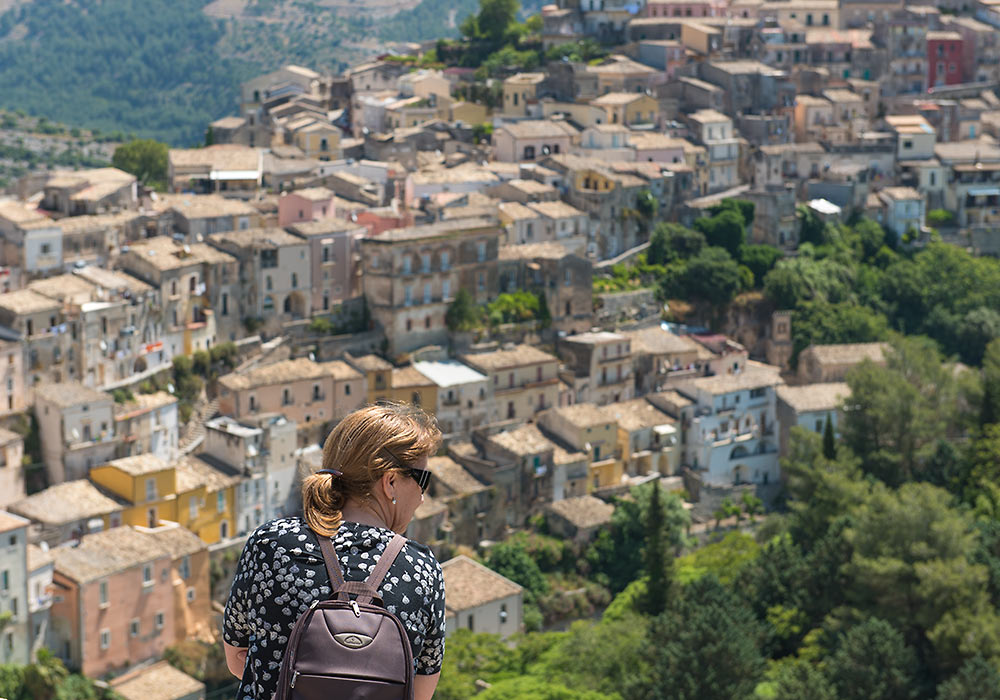
Ragusa Ibla seen from the upper town called Ragusa Superiore (close to the church Santa Maria delle Scale).
Photos from Ragusa Ibla
Ragusa Ibla is situated on the former location of the Sicel Hybla Heraia, an indigenous center of ancient Sicily before it came into contact with Greek, Roman and Byzantine cultures.
The Sicels (Siculi) lived in independent towns, which made them vulnerable. They were easily displaced by the Greek colonists who migrated to Sicily, and they did not react en masse until the 450s BC under Ducetius, who had united the Sicel territory under his rule.
Their most important gods were the Palici, protectors of agriculture and sailors; Adranus, perhaps the father of the Palici; and the goddess Hybla, or Hyblaea. (Britannica)
The Romans referred to Ragusa as Heresium and the Byzantines as Reusia. Before the Arabs took over, the area was repeatedly attacked by the Vandals, Goths, and Visigoths. The Arabs reestablished the town as Rakkusa and transformed it into a significant hub for trade and agriculture. The county of Ragusa was founded in 1091 by Count Roger for his son, Godfrey.
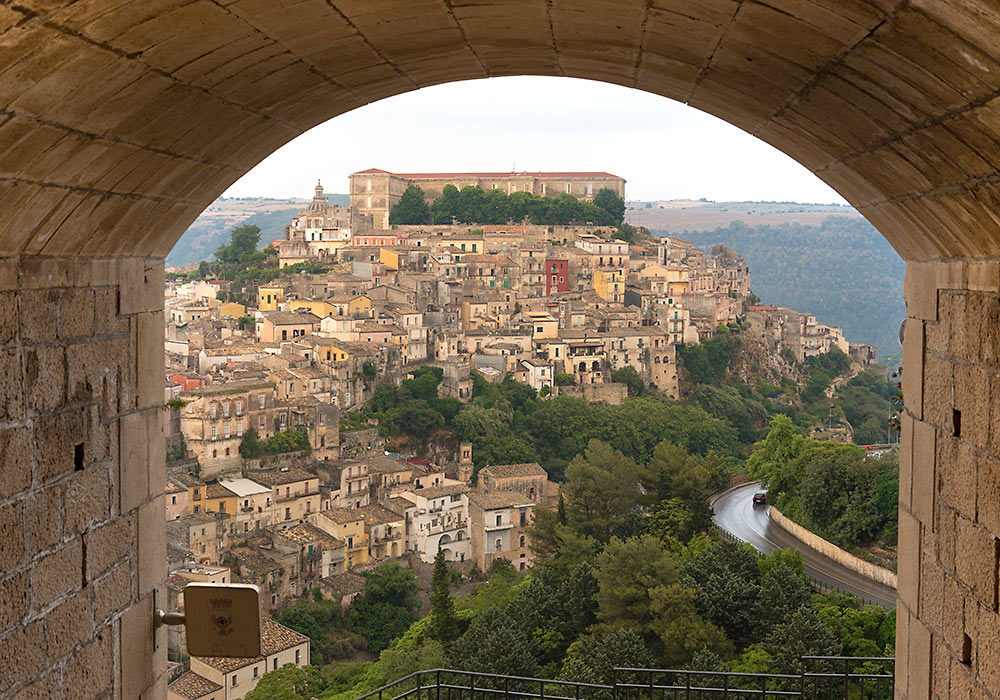
A view of Ragusa Ibla as you walk down from the upper town (Ragusa Superiore).
The Baroque Fantasy World of Ragusa
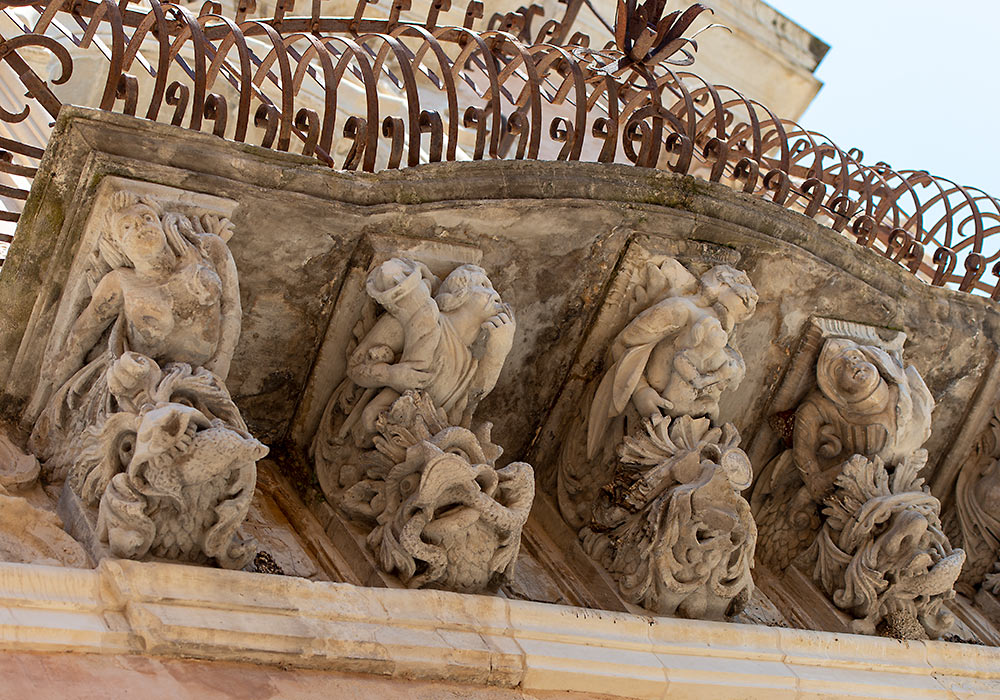
A beautiful baroque balcony in Ragusa Ibla.
Baroque balconies in Sicily are notable for their elaborate and exuberant designs that reflect the architectural style that was popular in the region during the 17th and 18th centuries. Especially in eastern Sicily, the baroque balconies have intricately carved brackets. The style is often referred to as Sicilian Baroque. These marvellous balconies are often characterized by their use of intricate metalwork, grotesque sculptures, and carvings. One of the most notable features of baroque balconies in Sicily is the use of wrought iron in their construction. The metalwork was typically created by skilled craftsmen who were well-versed in the baroque style, and their attention to detail is one of the reasons why these balconies are so highly regarded today. Another notable feature of baroque balconies in Sicily is the marvellous carvings and sculptures that were used to decorate the balconies and to create a sense of grandeur and opulence. Many of the balconies are considered cultural heritage sites today. Baroque balconies in Sicily are considered to be one of the most distinctive and impressive examples of baroque architecture in the world, and they are a testament to the creativity and skill of the artists and craftsmen who created them especially after the devastating earthquake in 1693.
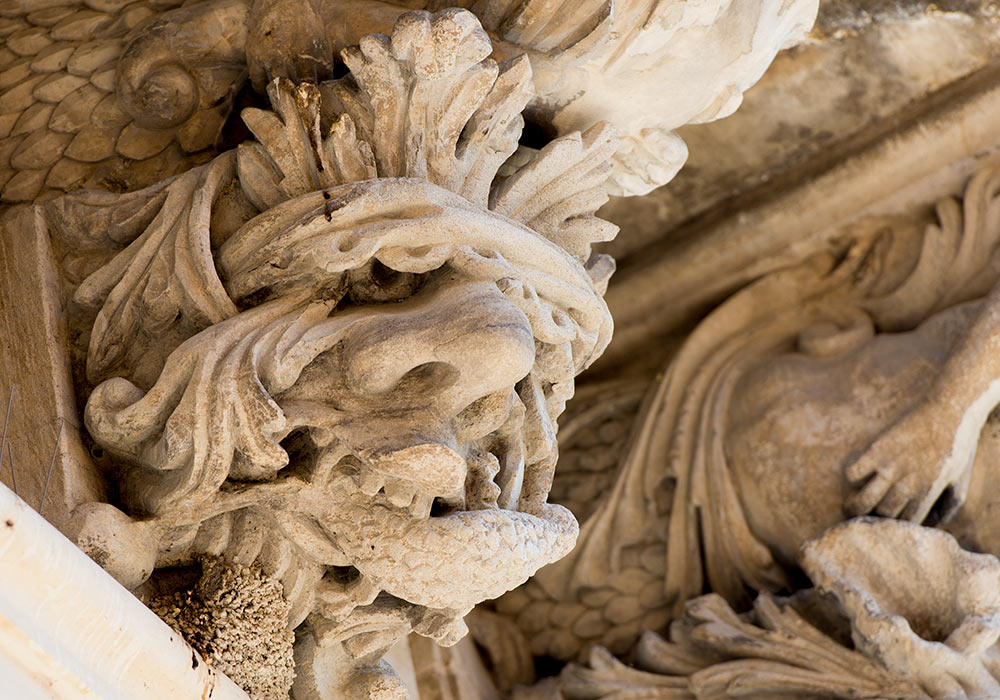
Grotesque head under the balcony of Palazzo Cosentini (18th century).
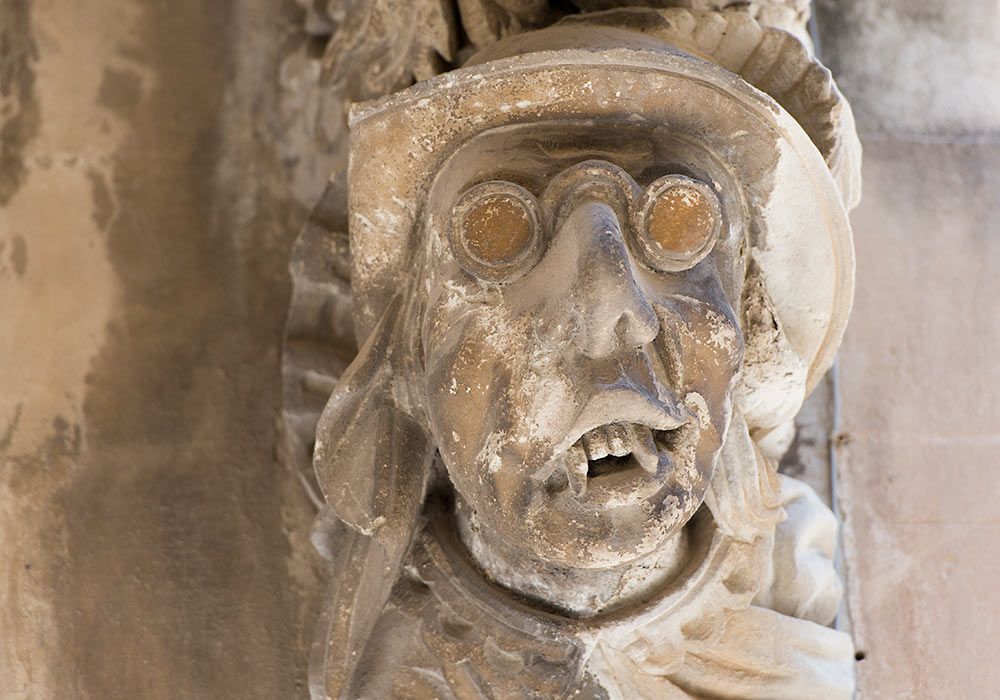
Baroque balcony corbel: Palazzo la Rocca in Ragusa: Man with glasses and facial nerve paralysis.
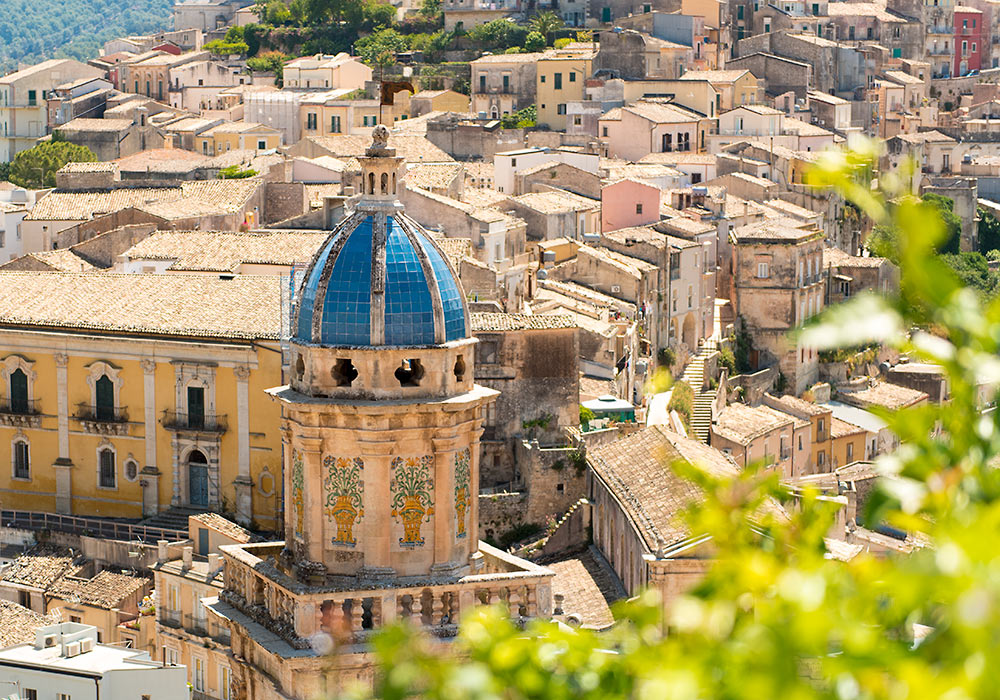
Chiesa di Santa Maria dell'Itria with its restored campanile.
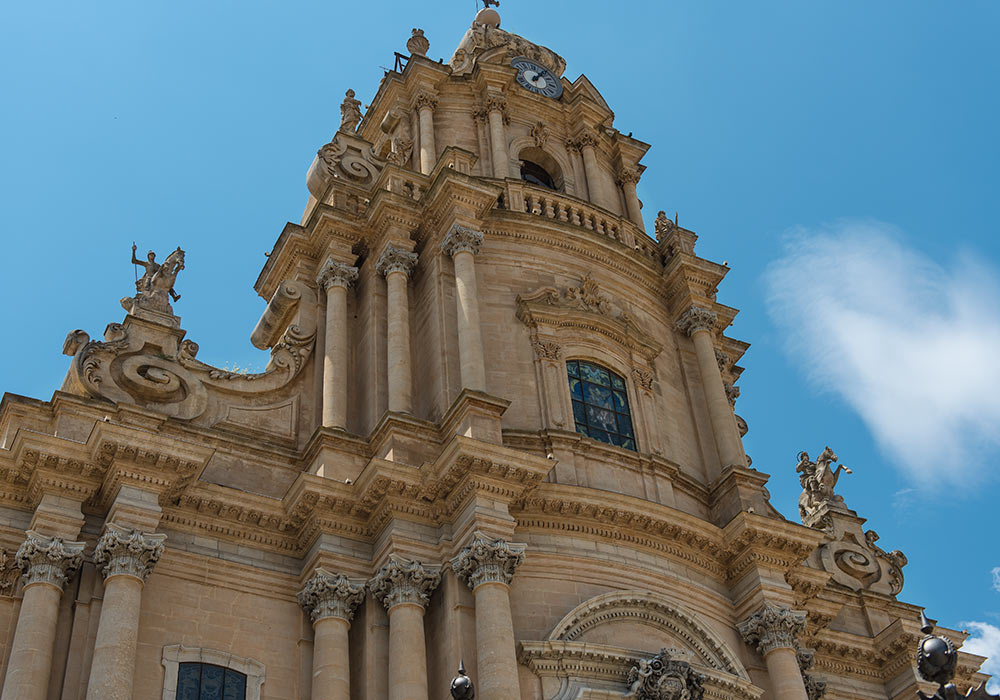
Duomo di San Giorgio (the cathedral), designed by Rosario Gagliardi. Built 1744-1775
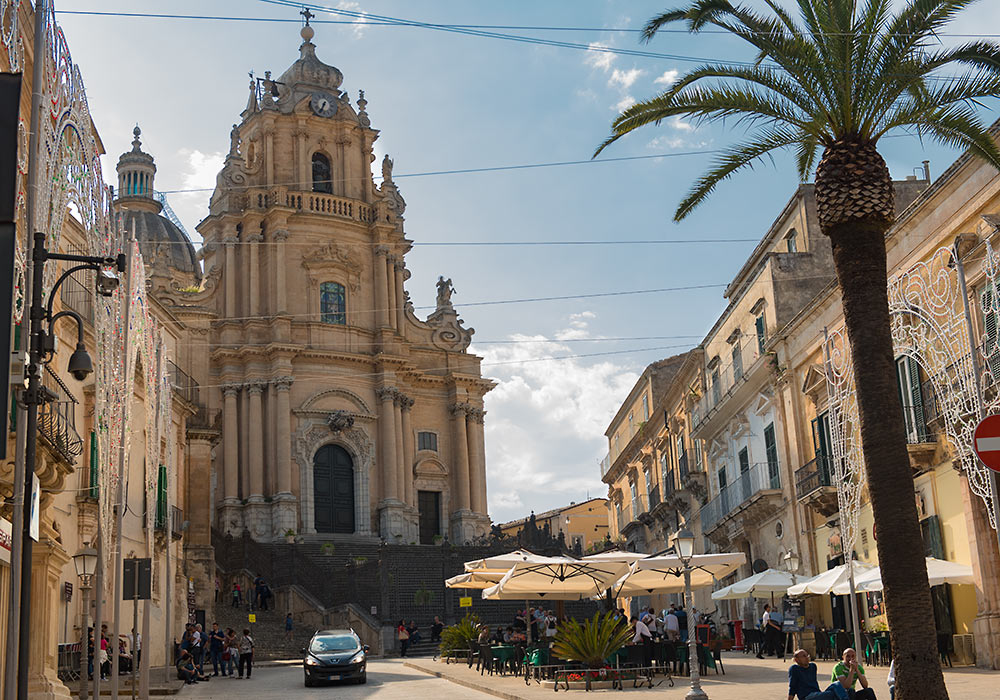
The piazza in front of the cathedral.
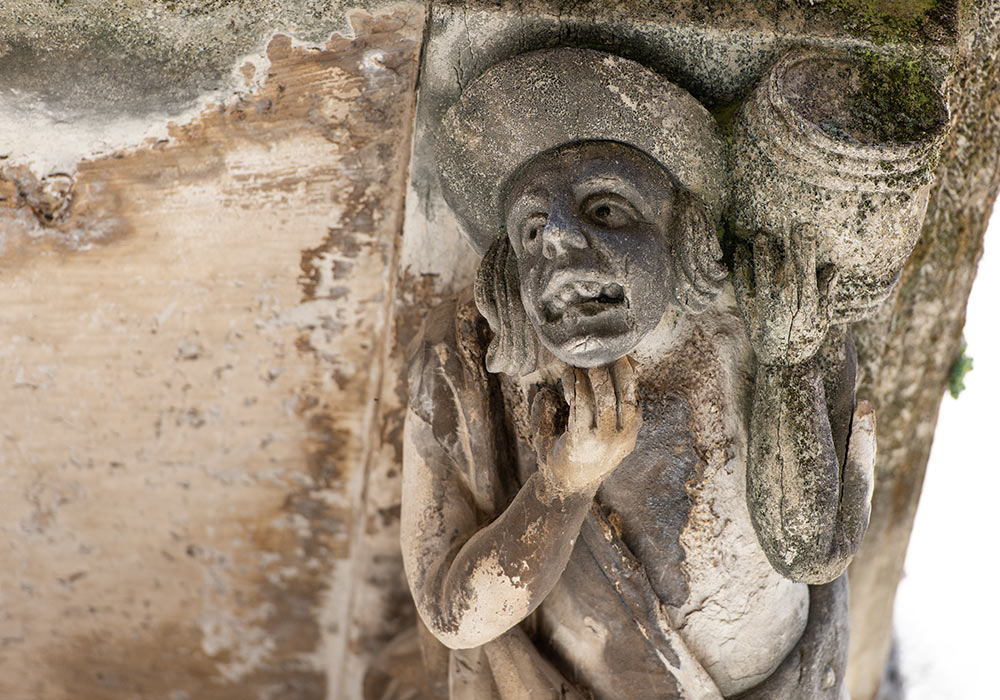
Baroque balcony corbel, Ragusa
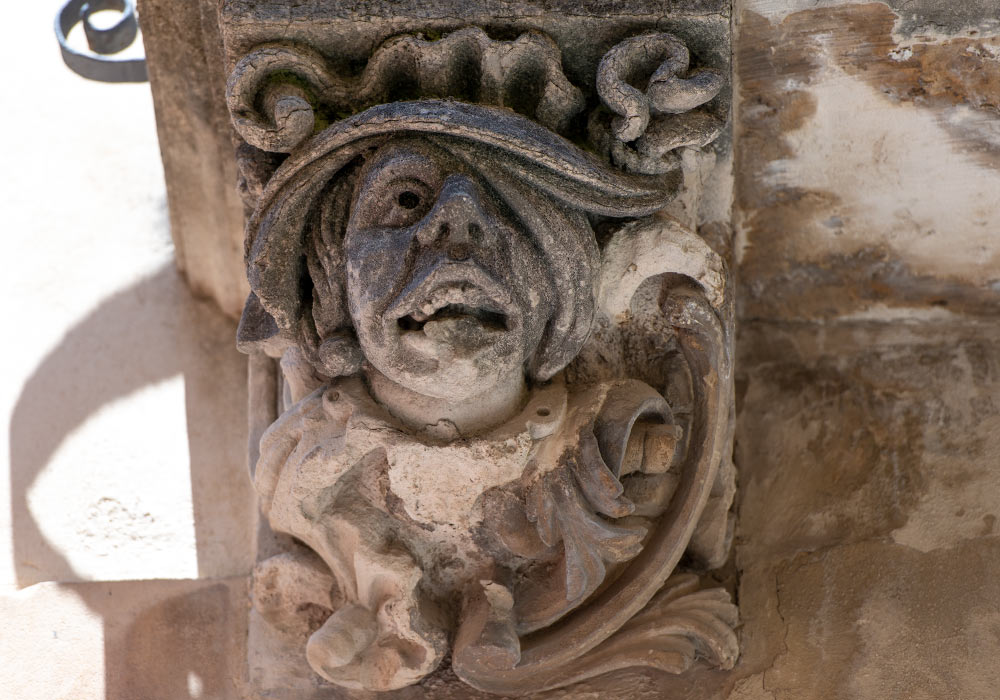
One of many baroque balcony corbels to be found in Ragusa.
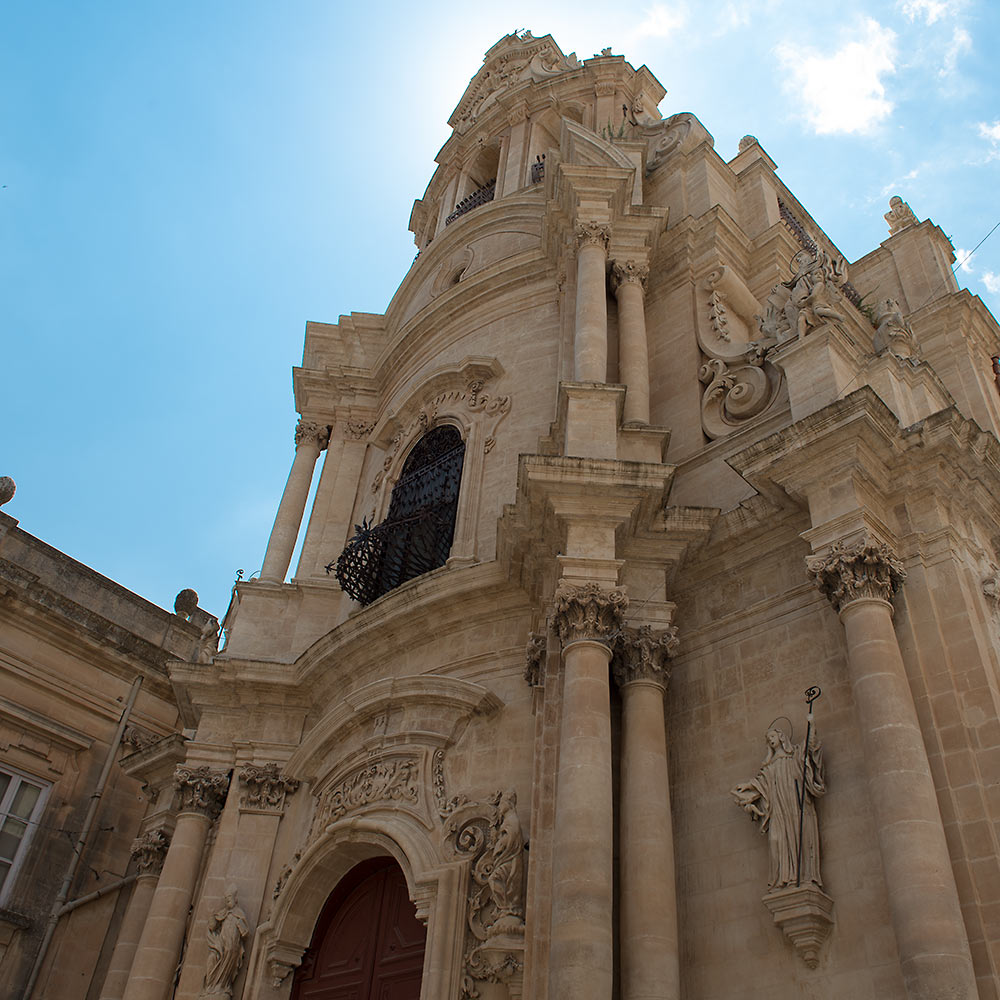
Chiesa di San Giuseppe (1590 and redesigned in the second half of the 18th century by the Carmelite monk Alberto Maria, according to the Blue Guide Sicily).
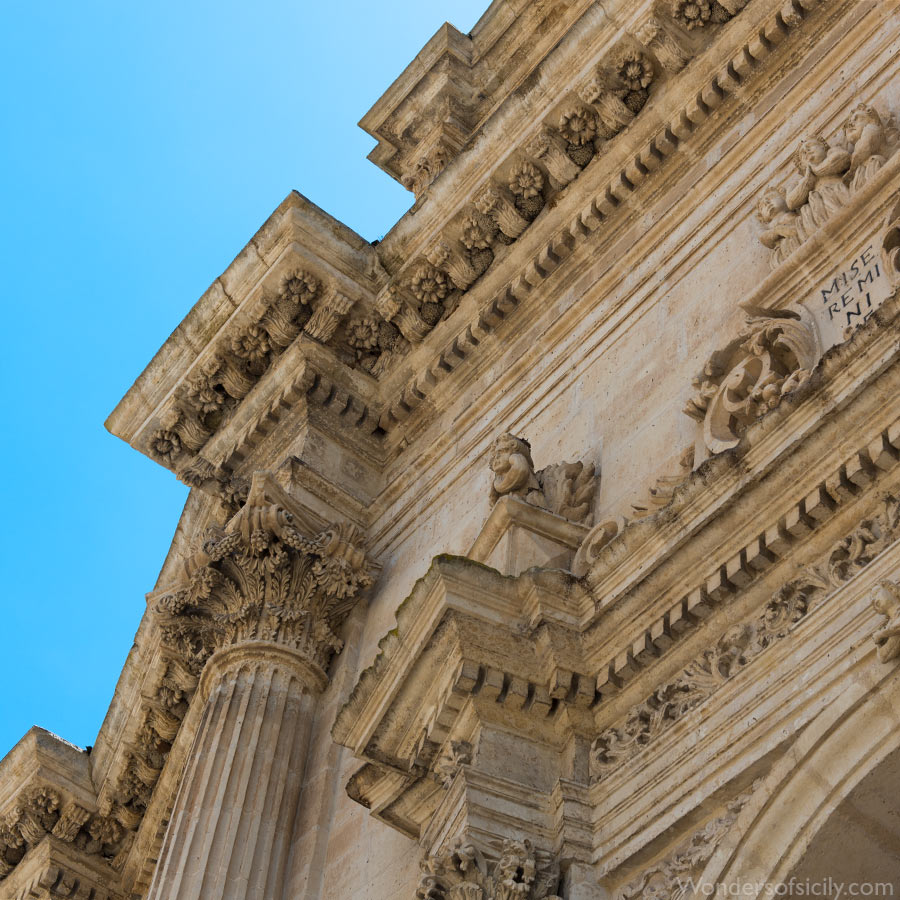
Church of the Holy Souls in Purgatory (Chiesa Anime Sante del Purgatorio).
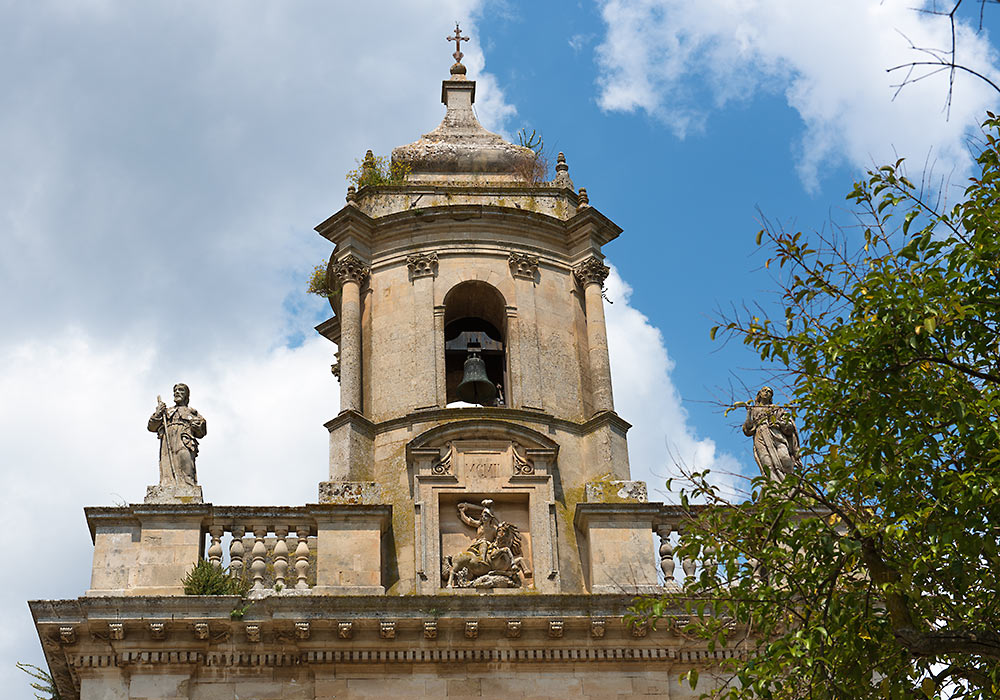
Chiesa di San Giacomo Apostolo (1563) in the Public Gardens.
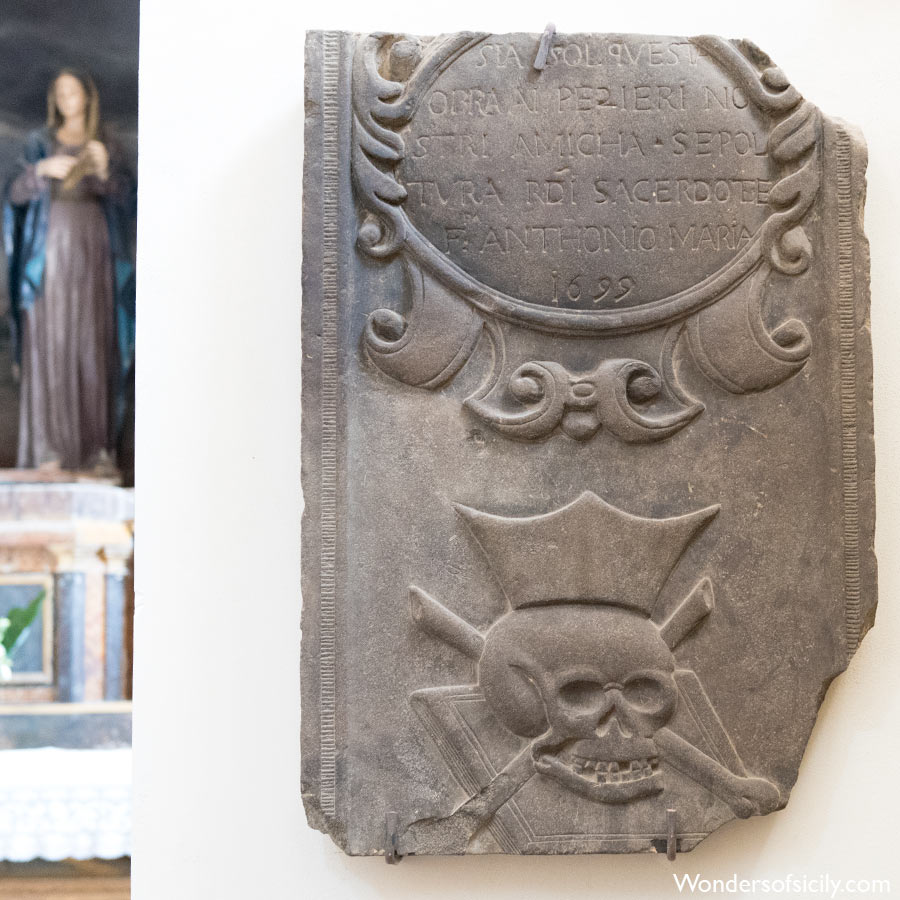
Fragment of a grave monument (1699) in the 18th century Church of S. Maria dell'Itria.
The church of Santa Maria delle Scale
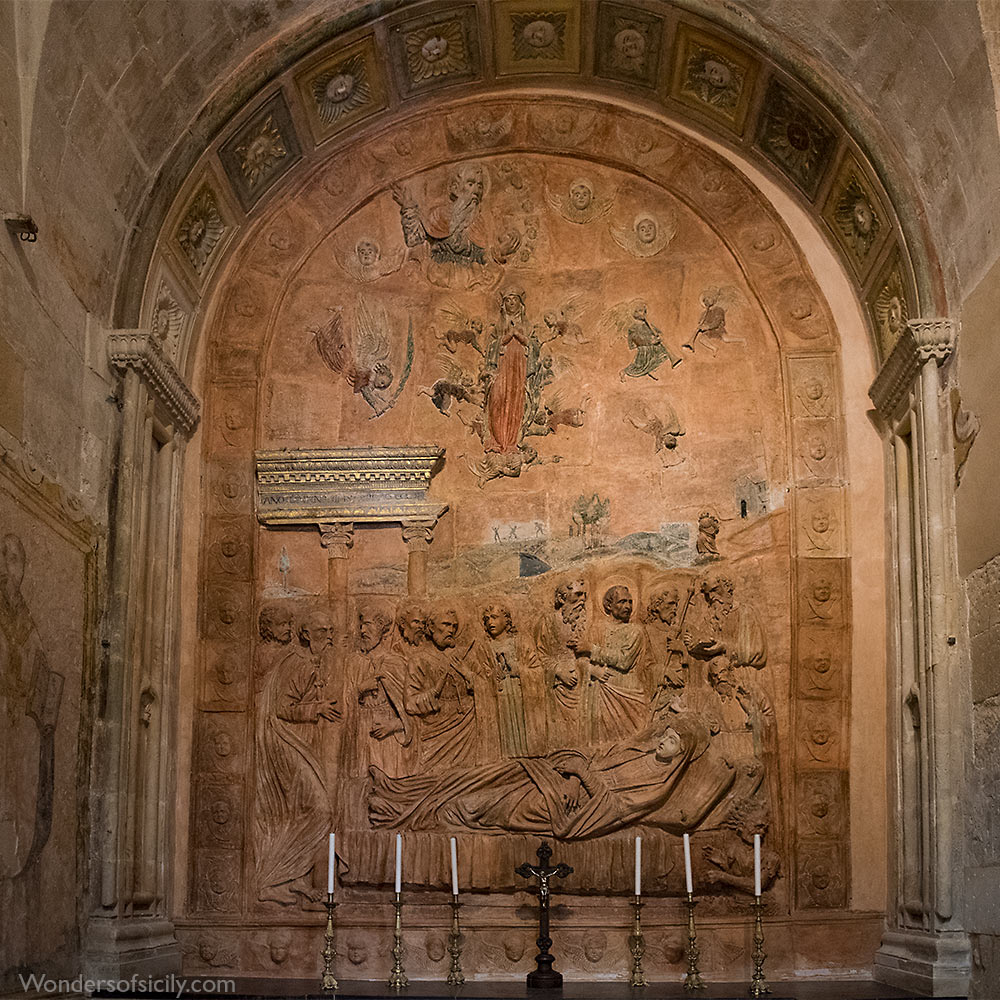
The Dormition of the Virgin (1538, the Gagini school). Coloured terracotta. The church of Santa Maria delle Scale.
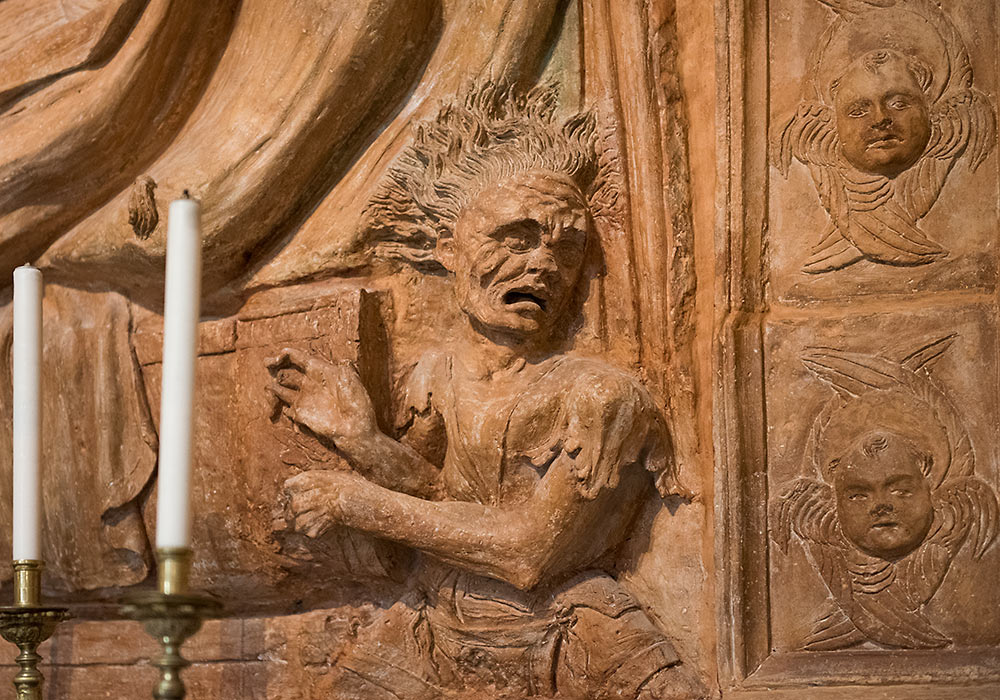
The Dormition of the Virgin (1538, the Gagini school). Coloured terracotta. The church of Santa Maria delle Scale.
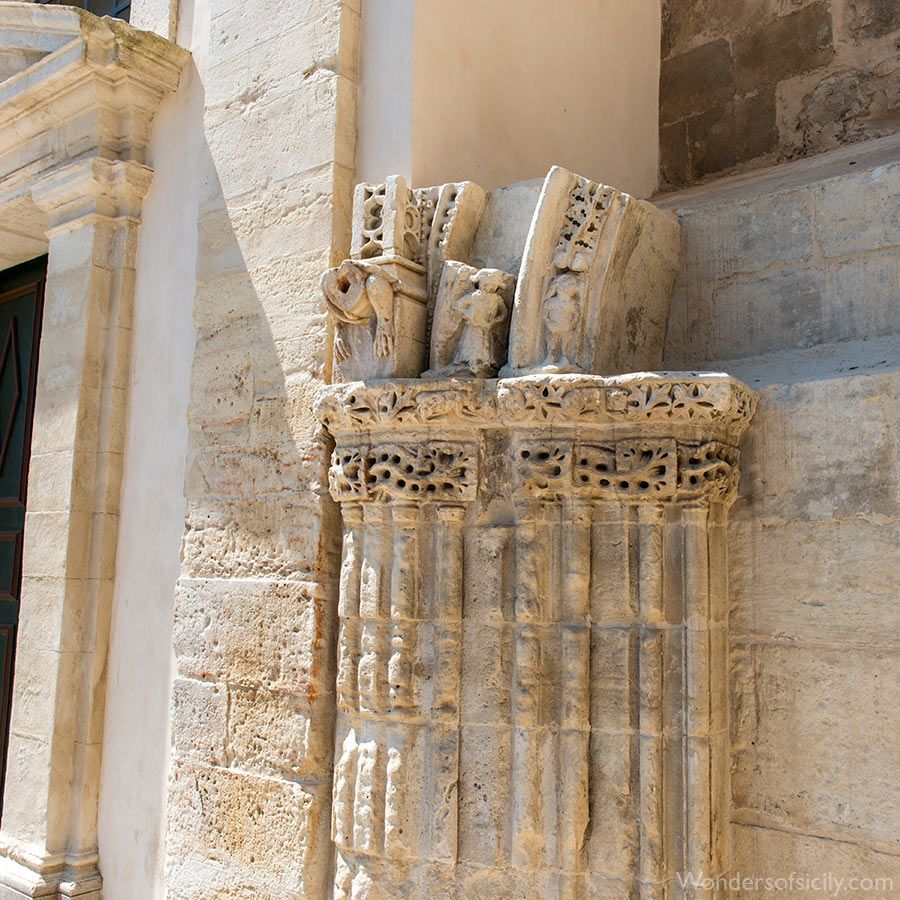
The remains of the C12/C13 portal of the church of Santa Maria delle Scale.
Impressions of Ragusa
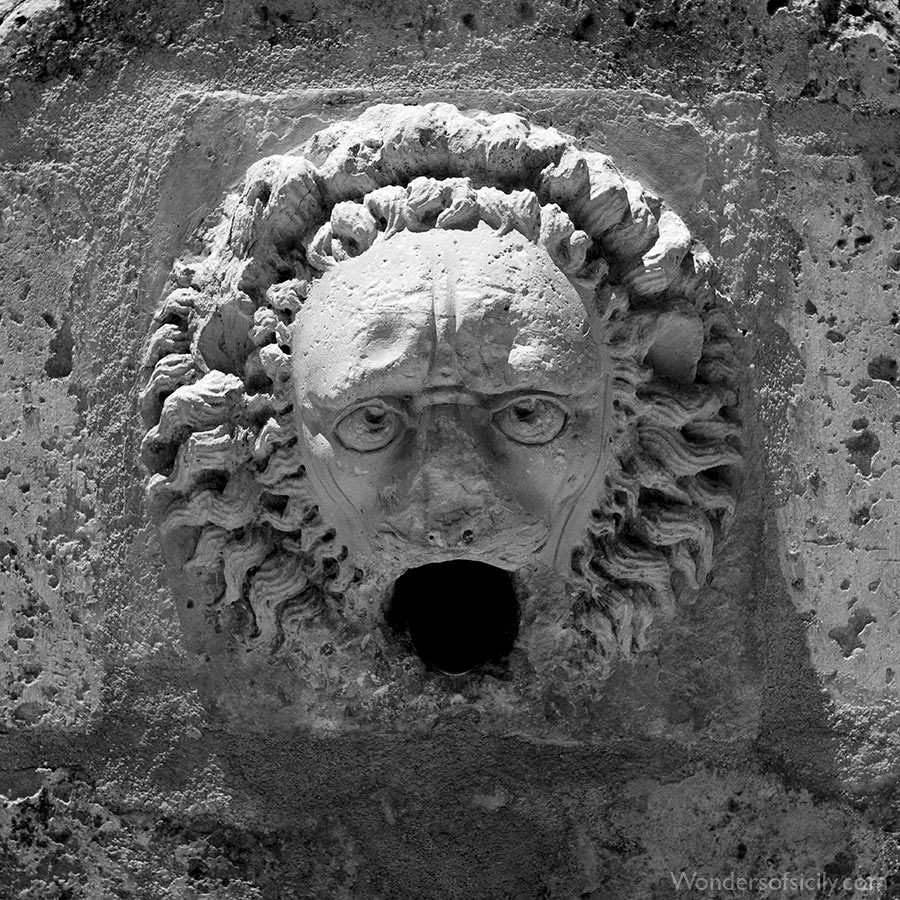
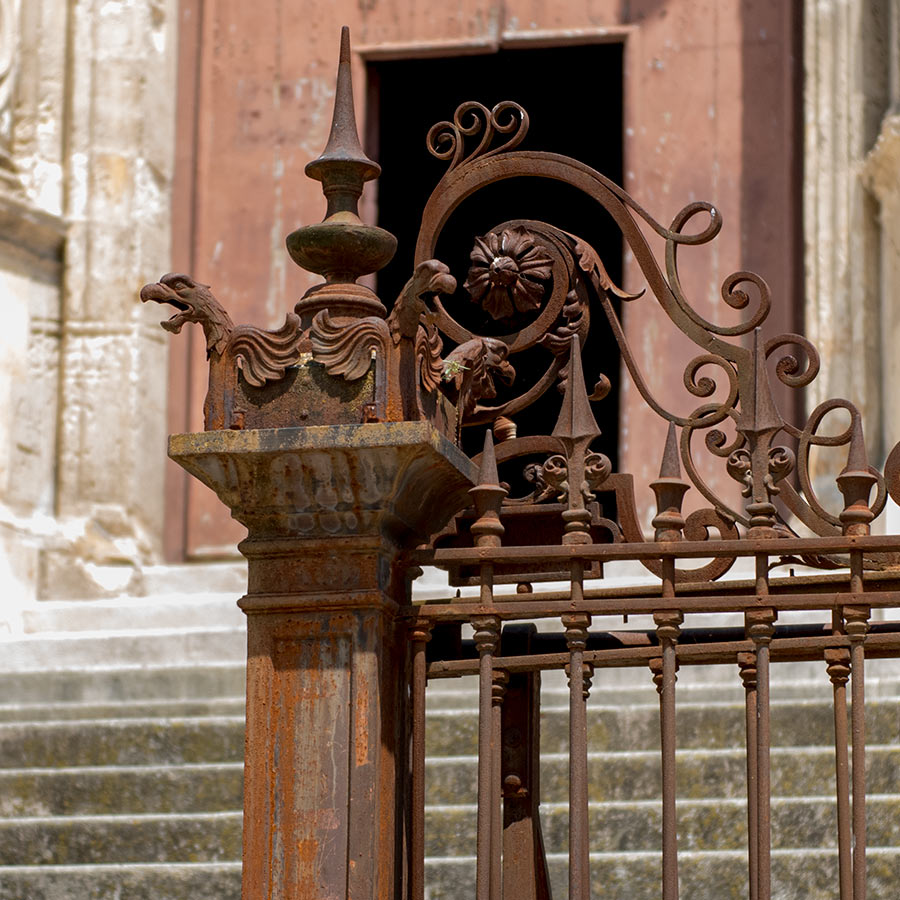
Beautiful iron gate at the bottom of the stairs leading up to Chiesa Anime Sante del Purgatorio.
Val di Noto
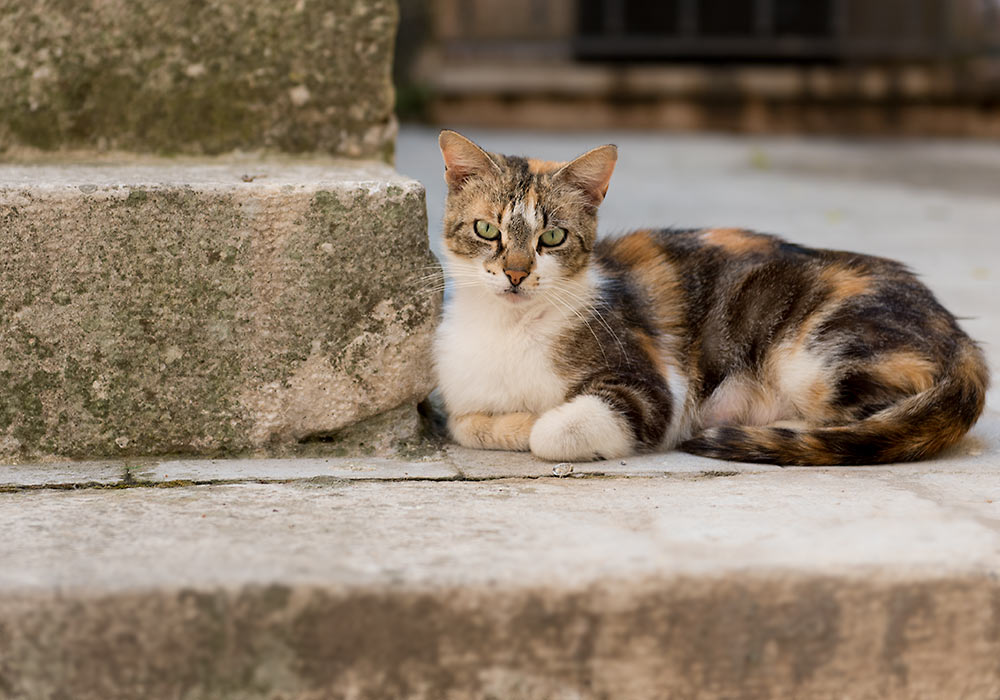
Cat resting in Ragusa Ibla.
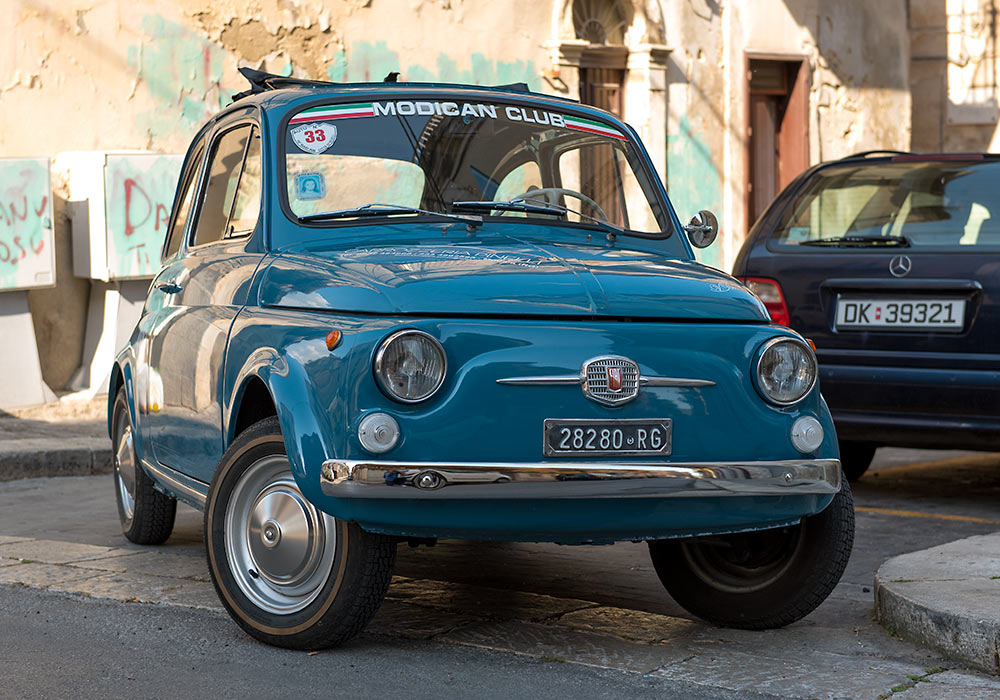
Fiat 500: This beauty was spotted outside De Stefano Palace - Luxury Hotel in Ragusa Superiore.
See more photos of cars in Sicily here…
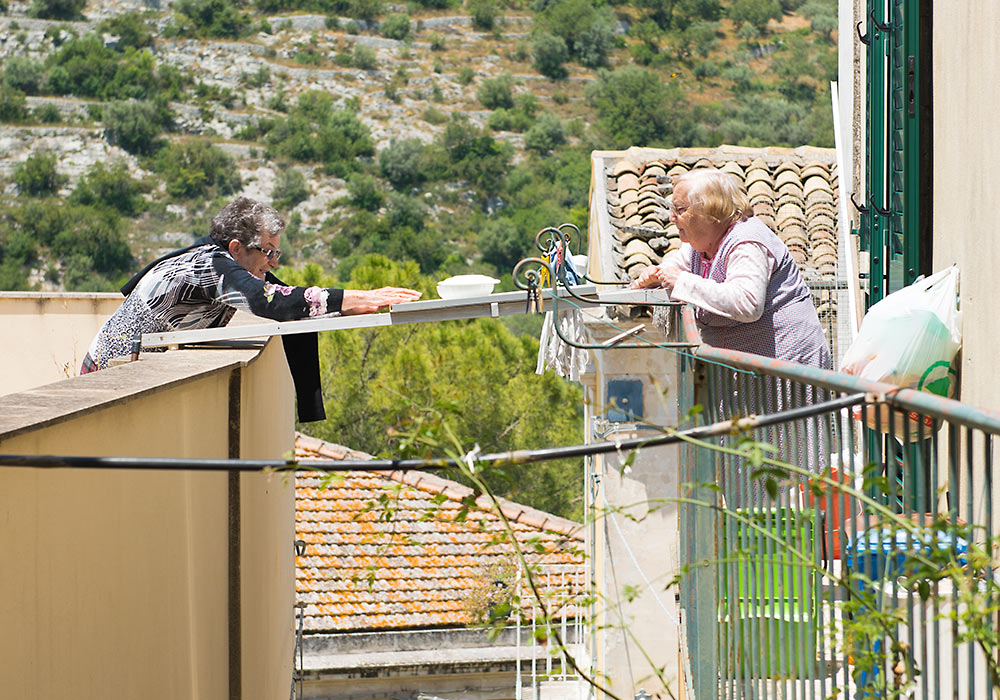
Moving scene in Ragusa Ibla: One old woman giving food to another by pushing the food on a plank.
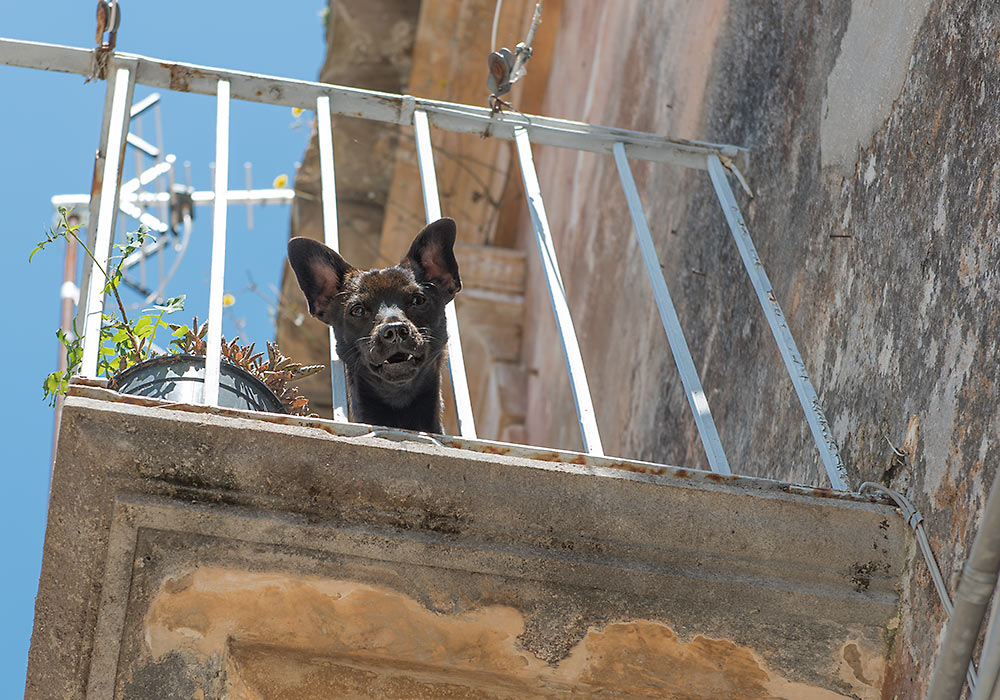
WTF - a Norwegian photographer here???
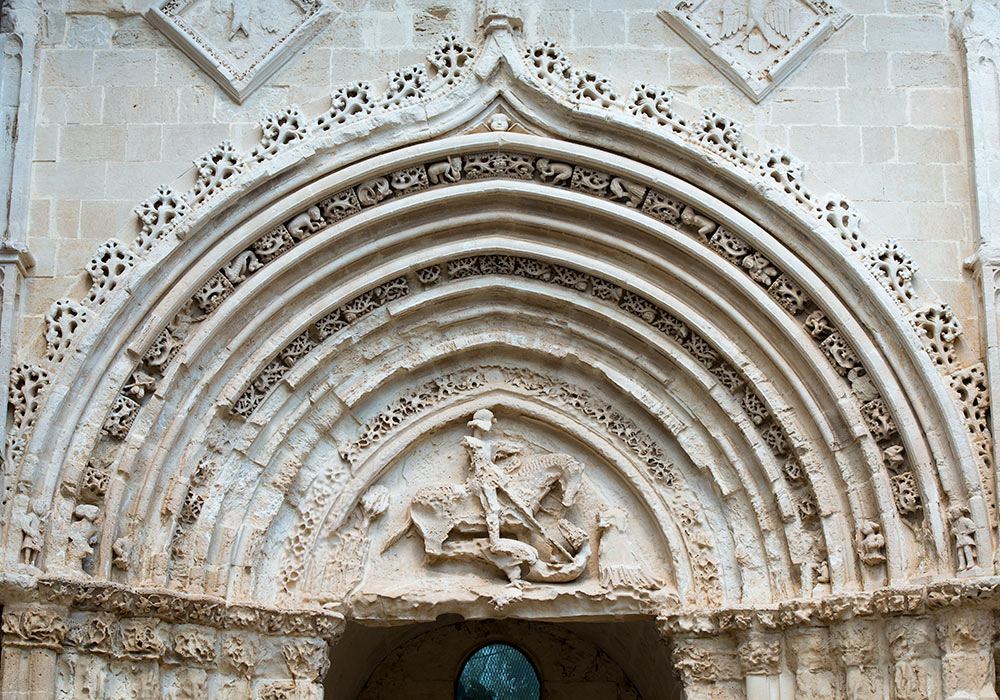
Portal of the church of San Giorgio Vecchio (15th century). The relief shows St. George killing the dragon. The rest of the church was completely destroyed in the earthquake of 1693.
Legends about Saint George are varied, with the famous tale of Saint George and the Dragon gaining immense popularity in the West through Jacobus de Voragine’s Legenda Aurea in the 13th century. The legend recounts how George saved Princess Cleolinda of Silene in Libya from a vicious dragon. After slaying the beast, he converted the town to Christianity. Later, George was tortured for his faith, enduring miraculous survival before being martyred by beheading during Diocletian's persecutions.
St. George is the patron saint of Modica.
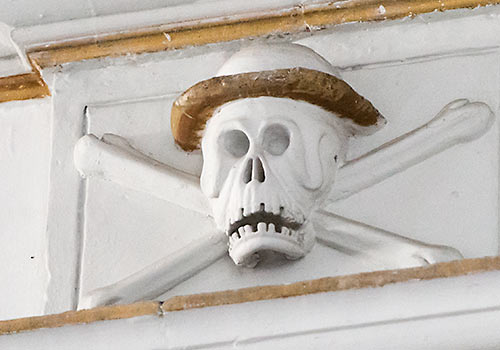
Church of the Purgatory, Ragusa Ibla.
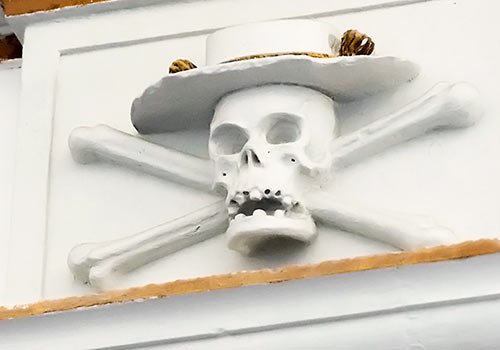
Church of the Purgatory, Ragusa Ibla
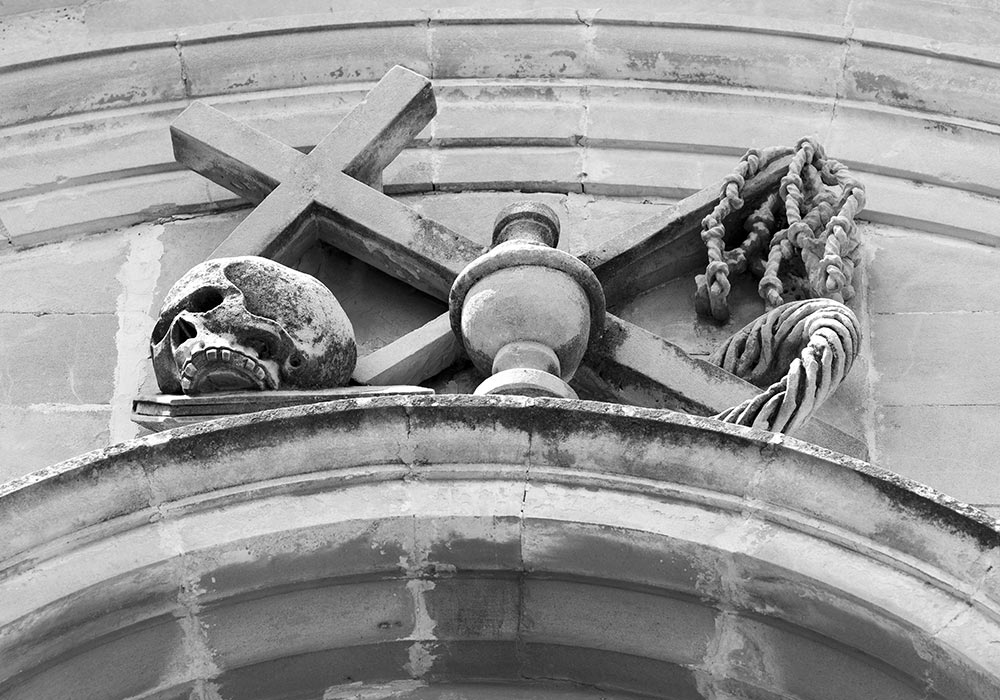
Memento mori. Decoration over the window over the entrance. Chiesa della Maddalena (church of Santa Maria Maddalena), first built in the seventeenth century and later re-built (18th century).
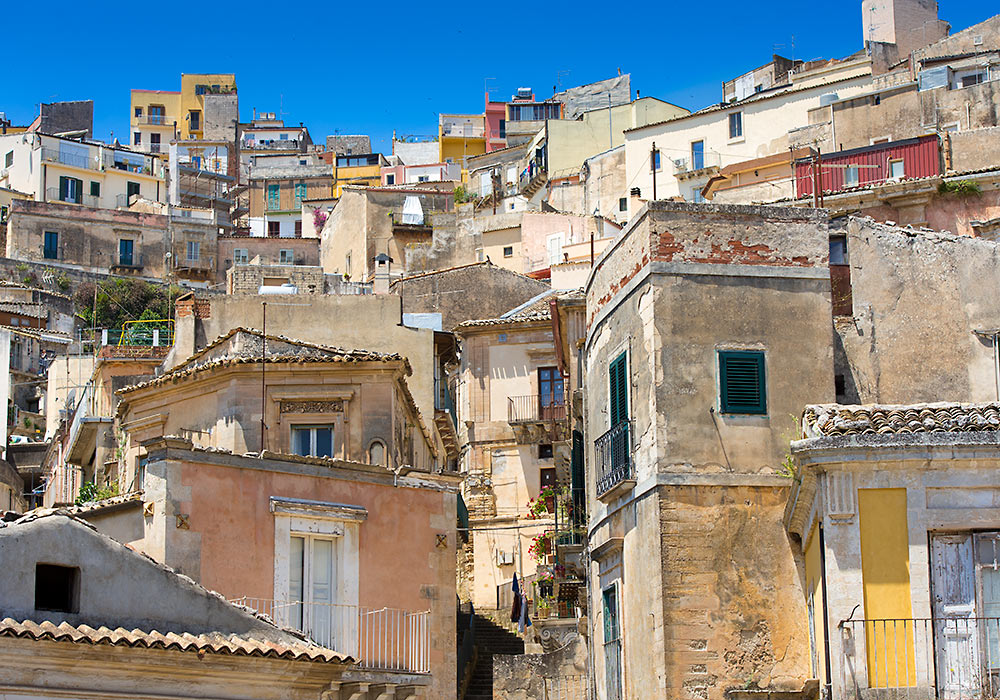
Ragusa town.
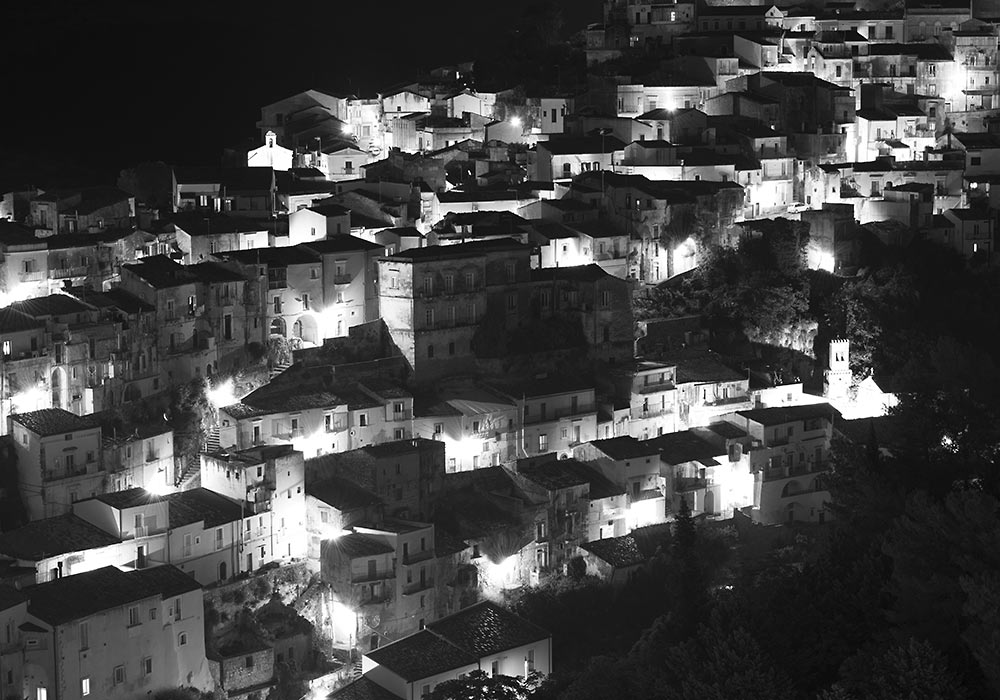
Ragusa Ibla by night.
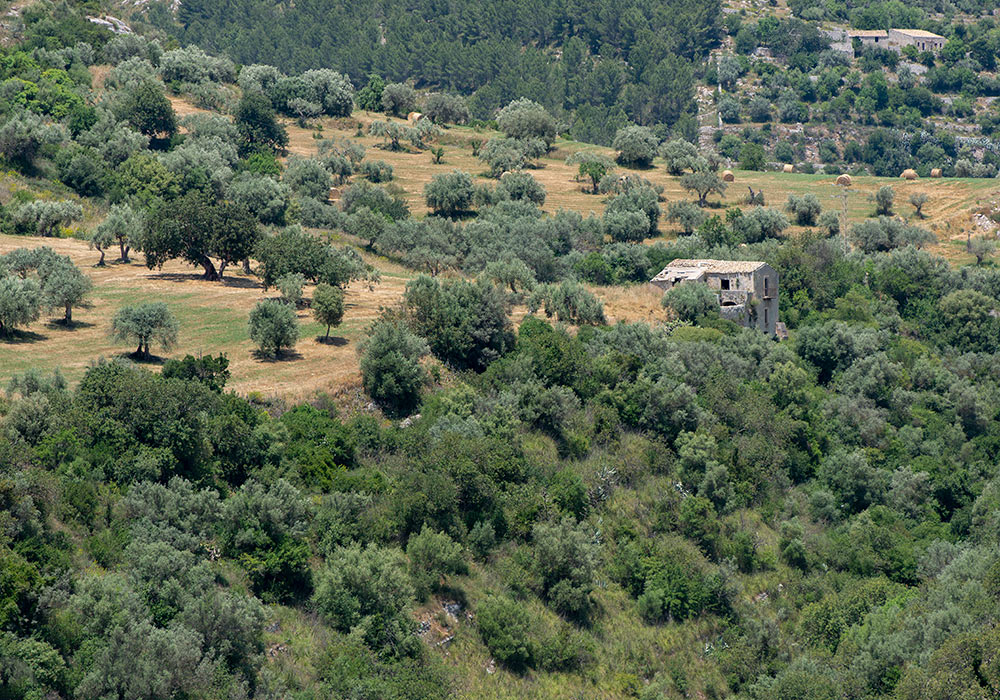
A view from Ragusa Ibla
Sources
Britannica
Wikipedia
Maria Giuffre: The Baroque Architecture of Sicily
Blue Guide Sicily

